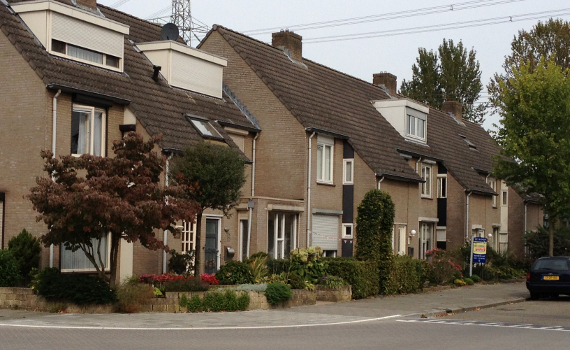Natural control is created by the presence of ‘social eyes’ on the street. In part, these are people on the street, but also people in the buildings keep an eye on things. The orientation of the buildings is an important factor. This should preferably be ‘open’, which means that the windows and doors are not blocked and facing the street. This particularly applies to doors and windows at street level. Many new housing developments have entrances to the side streets and not to public spaces and main roads. These houses have little or no visual relationship with their environment and large parts of the neighborhood are out of sight of the houses. This creates anonymous neighborhoods that can be activated only through radical restructuring. In many (post-war) neighborhoods, opportunities for social control are often limited by rows of garages, sheds and fences facing the street. These visual barriers are usually located in quiet residential streets or larger through roads where they form solid blocks of blind walls. By assigning new functions to garages and storage rooms at the street side, the opportunity for natural surveillance can be restored. In some cases, for example, it is possible to rearrange the garages and turn them into business units for small entrepreneurs or small care functions such as a doctor or dentist. Another solution is to to demolish the garages and replace them by small homes, such as low-rise retirement homes without gardens. The situations differ but especially where garages or sheds are located at the rear of houses, this could be a good solution to improve supervision on the street.
Social Safe Urban Design
Increasing the vitality, safety and economic potential of our cities
- info@sv-s.nl
- 06-55.36.38.17
Residential Streets and buildings

Volg ook ons SVS seminar bij het Beccaria Instituut